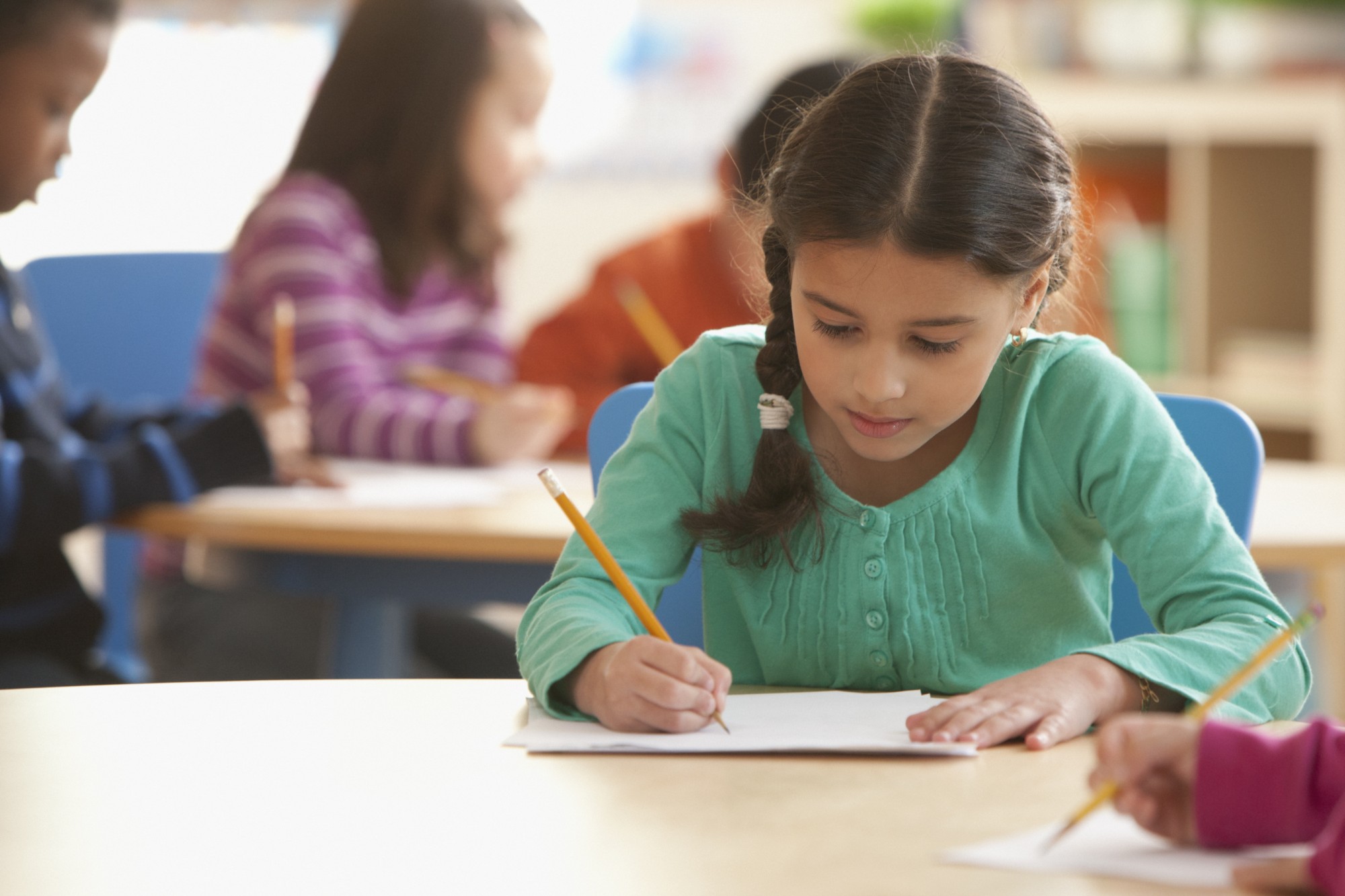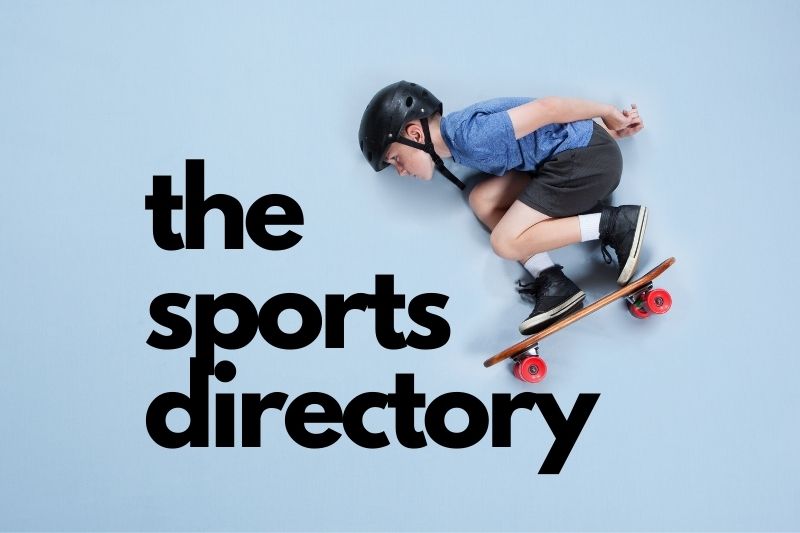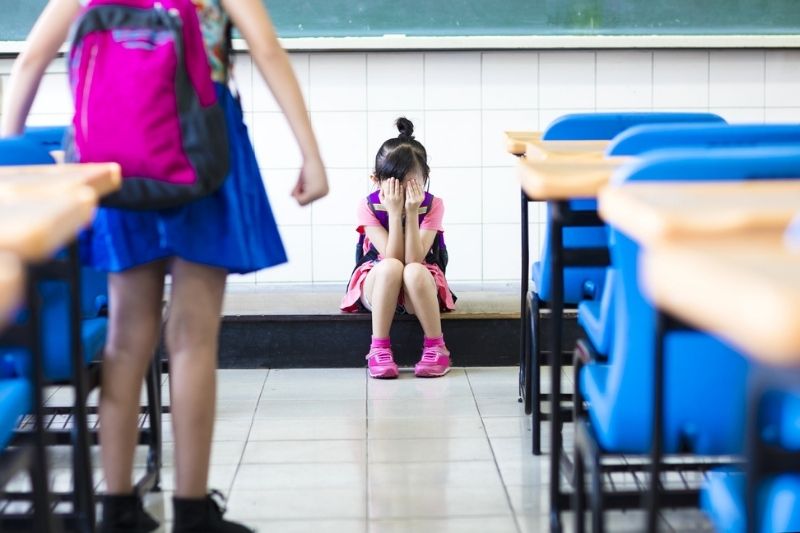When speaking to parents about helping their kids improve, the area they struggle with the most is writing. When children start school, they’re asked to write stories, and it can sometimes be mystifying to see why one story gets an A and another gets a C. Working out the grading only gets harder as your child gets older. In secondary school they can be writing advice letters, opinion essays, gothic horror stories and newspaper articles. In the real world, these things can vary quite significantly. But in the classroom, a teacher has a mark scheme that they have to follow closely.

In order to help your child do better, it’s useful to think from the perspective of a teacher. It can be very frustrating to see a passionate young writer get beaten down by bad grades. If you consider how the teacher marks your child’s work, you can help them get the marks they deserve.
Teachers usually divide marks into: Content, Language and Organisation. These same aspects (under various names) are used to assess writing from the lowest level of primary school up to the top of secondary. Most students are strong in one or two of these writing components. Read on to work out which element is costing your child marks and how to help them.
Content
Writing must be creative and interesting to score well against this metric, along with being well-matched to the audience’s expectations for the writing type.
Fiction – If students don’t read stories, they can’t write stories. To improve a child’s creativity, it’s best to get them reading anything, even if it’s a comic book or something below their level. This will give them ideas for their own stories and help their writing come more naturally. It will also give them a feel for the ‘story mountain’ – that peaked line which tension needs to follow in order to meet a reader’s expectations. Advanced writers can also pick up other techniques such as characterisation, and realise the weakness of clichés like ending by waking from a dream.
Non-Fiction – The content marks are often a stumbling block in non-fiction tasks. Students struggle to have sufficient ideas, or their ideas are not differentiated enough from each other. Young people who struggle with this should read non-fiction carefully and summarise the ideas in it. Reading widely will also help them understand that writing styles change for different task types, for example, magazine articles are persuasive, advice letters are sympathetic, and factual reports are unemotional and concise.
Language
Grammar and vocabulary come together under this heading. It’s not enough to be accurate; good writers need their grammar and vocab to be adventurous, varied, and appropriate to the writing type.
Fiction – For students looking to improve this area of their fiction, they should start with descriptive words from a young age, and add various literary techniques as they get older. Figurative writing (e.g. similes, metaphors, imagery, and idioms) are a great way to earn extra marks from the teacher here.
Non-Fiction – Most young people struggle to switch between formal and informal writing – they tend to be stronger at whichever type they like to read. Make sure to expose your child to a wide range of reading material from an early age in order to help them differentiate between formal and informal styles. Keep encouraging them to write different types of writing so that they don’t get stuck with only doing well at their favourite type.
Organisation
Students need to organise their ideas well at the small scale (i.e. connecting sentences together in a paragraph) and the large scale (i.e. sequencing and developing those ideas throughout their writing) to get good organisation marks.
Fiction – This is where the ‘story mountain’ is essential. Writers at all levels should be following this 5-stage plan in order to organise their paragraphs (each mountain stage should be in a separate one) and their story as a whole. Often, writers who have fantastic ideas and great language will still be getting weak grades because they’re not producing stories with a climax and a resolution. Young writers can feel frustrated when they have to follow a standard plan, but it’s more frustrating to be missing out on the grade you deserve.
Non-Fiction – Paragraphing is often the stumbling block here. It can take young learners a long time to really understand how to connect ideas together and develop them. I set my students work on the basics from a young age, such as crossing out sentences that don’t belong in a sample paragraph, re-ordering cut-up sentences, and highlighting the topic sentence and supporting details. As they get older, I keep coming back to the subject until they realise that they really will be writing P-E-E / P-I-E paragraphs all the way through their schooling
Willow Hewitt is the Head of English for i-Learner Education Centre. She has been teaching in Hong Kong for several years. She also leads the Publishing Department, which creates engaging storybooks for young learners of both English and Mandarin.









